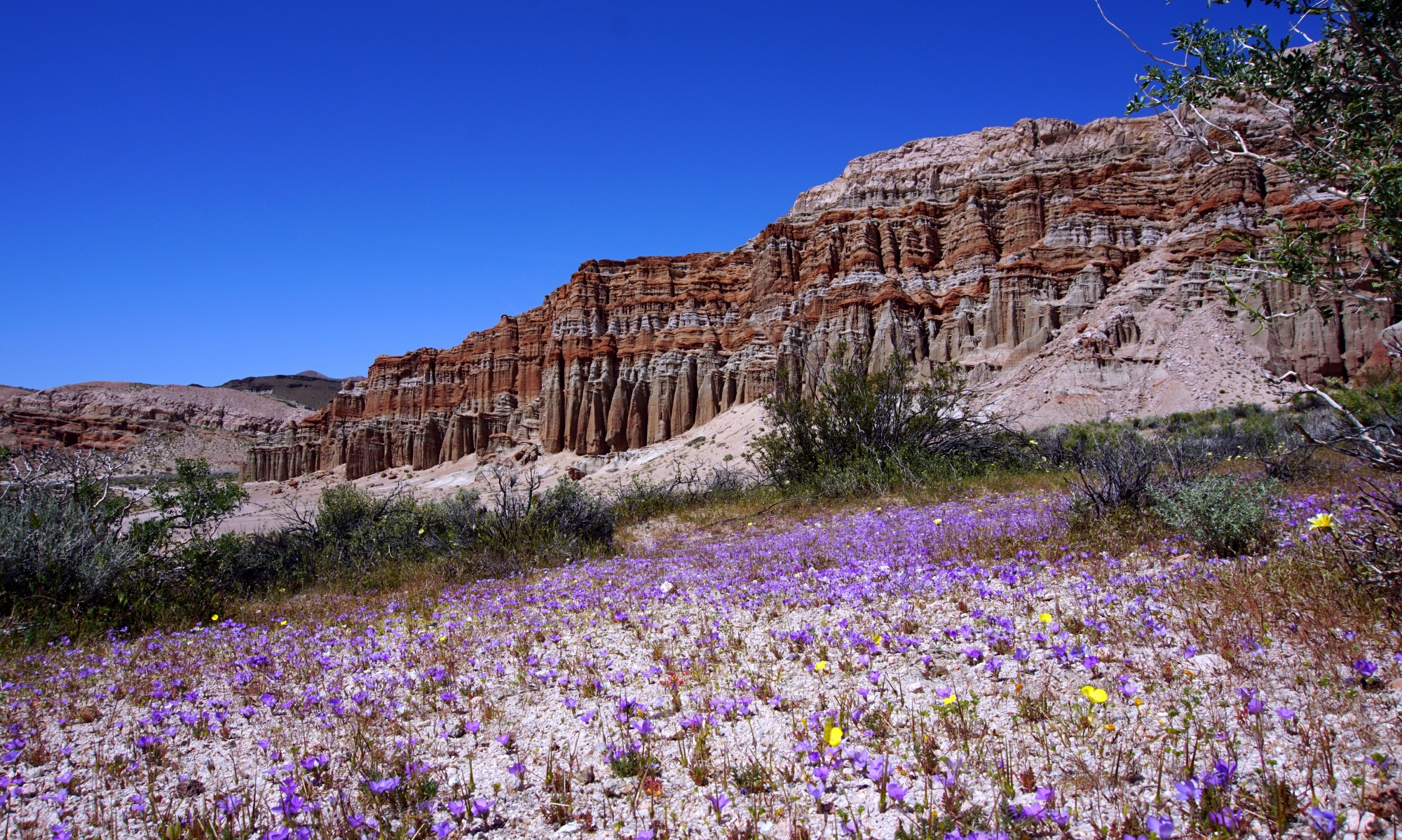RATING: ♦♦♦♦
About a two hour drive from our home base of Ajijic, there are the recently excavated ruins of an ancient civilization. An advanced culture lived on a hillside overlooking Lake Vega. A thriving community flourished there from 300 BC to 500 AD at a place now called los Guachimontones.
Once again, we went with Charter Club Tours. The cost for each of us was $1,250 MX ($62.50 USD). We left at 8:00 am. Our traveling companions were Brian and Sherry, who are Canadians from Australia on their way to Canada to visit family with a month long stopover in Ajijic.
After parking at the lower end of the site, we walked up a steep driveway to see three circular stepped pyramids in the middle of circular building complexes. The circular pyramids are unique in the world. All others have a rectangular-based structure.
The largest pyramid at the site has not yet been excavated, but two smaller ones have, the tallest of which is 60-foot high. It has 13 high steps leading to an upper level, which was then topped with another 4 high steps. A post hole was located at the very highest level, most likely for Volador ceremonies, i.e. the Dance of the Flyers. The unexcavated pyramid is considerably higher with 25 steps.
There is no record of what the ancient people called themselves, so archaeologists have named them the Teuchitlán Tradition, after the nearby town of Teuchitlán. The locals called the site Los Guachimontones, meaning the enclosed place, so named because of the circular plazas surrounding each of the pyramids which in turn are enclosed by ten large rectangular platforms that supported temples. A pyramid, encircled by a large plaza, enclosed by a ring of temples on raised platforms. Times three. Very impressive.
Between the three circular areas are two ballcourts. Researchers believe that one of these was the largest ballcourt in Mesoamerica before the arrival of the Spanish. It is thought that athletes played a version of soccer, but used their hips and shoulders instead of their feet and head. The ball games were very important social events, and were often used to settle tribal and regional disputes without resorting to warfare.
At its heyday, the site was home to 40,000 people. For comparison, the modern town of Teuchitlán has 10,000. While locals have always been aware of the site (Teuchitlán means place of the ancient gods), researchers first learned of it in the 1930s. It was then forgotten about until the 1970s. But serious research did not begin until the 1990s. Extensive excavation was conducted by Phil Weigand and his wife, Celia Garcia de Weigand. With funding from the State of Jalisco, parts of site have been reconstructed, and an adjacent Interpretive Center was built in 2005. Los Guachimontones is a UNESCO World Heritage site, and deservedly so.
On our way to the site, we encountered heavy rain. The entire area was very overcast. We arrived around 10:00 am, and had the entire site to ourselves. Our guide, Hernan, gave our small group a first class narration on the importance of the site and what everything means, having been trained directly by the Weigards. But much remains to be learned about this culture, and research is ongoing.
After a couple hours touring the grounds, we visited the recently built Interpretive Center. The center has many artifacts unearthed at the site along with huge murals on the inside walls showing what the site might have looked like 1,500 years ago when it was at its peak. No one knows for sure what happened to the people who lived here.
We also viewed an informative video documenting the excavation of the site and explaining its importance to understanding the pre-hispanic culture of Mexico. These ancient people had advanced agricultural and irrigation practices, and they were expert makers of tools and jewelry from the local volcanic obsidian, which were widely traded throughout Mexico and beyond.
Next to the entrance was a roadside restaurant that served an ancient drink called pulque. Our guide took us to the restaurant after the tour and insisted that we give it a try. It had a bitter yeasty taste. Like tequila, pulque is made from the agave plant, but it is fermented like beer. Hence the taste. Tequila is distilled like whiskey.
Interestingly, los Guachimontones is on the side of Volcán de Tequila, which is a dormant volcano rising to 9,580 feet above sea level. The town of Tequila and its many distilleries are on the other side of the mountain. Pulque is the traditional drink of Mexico, and has been in widespread use for millennia long before tequila. But in recent decades, it is largely being replaced by Mexican beer and tequila, both of which are excellent.
After our pulque, we had a nice seafood lunch at a restaurant in Teuchitlán right on the lake. Then it was back home to Ajijic by 5:00 pm.






















